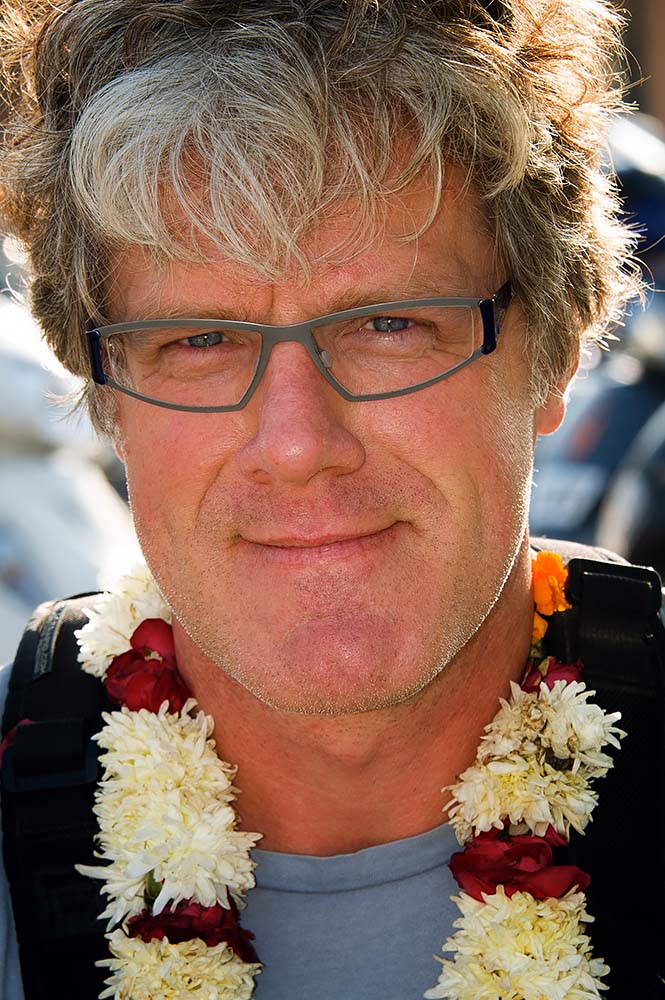Though we travel the world over to find the beautiful, we must carry it with us or we find it not - Ralph Waldo Emerson
I was born in the east of the Netherlands, a green countryside full of nature. My interest for nature was one of the reasons to start 25 years ago with photography. Since then subjects changed from nature, architecture, art into people. Especially the last one takes a big role in my travelphotography.
Two of my great passions in life are photography and travelling. I believe that travel broadens one's view of the world, makes you more tolerant, and reflects on our way of living and thinking.
Experiencing other cultures, rituals and customs, enrichen your knowledge and deeper understanding of the world around you. By documenting these unique cultures, in which some of them are vanishing very fast. I hope that my work has a merit in preserving their beautiful and cultural diversity.
In my photography I try to reveal a person's character, his spirit, his way of showing himself to the world. In doing this I respect their culture, habits and religion as much as possible.
I'm not a professional photographer, just an amateur who likes to photograph the beauty of mankind.
